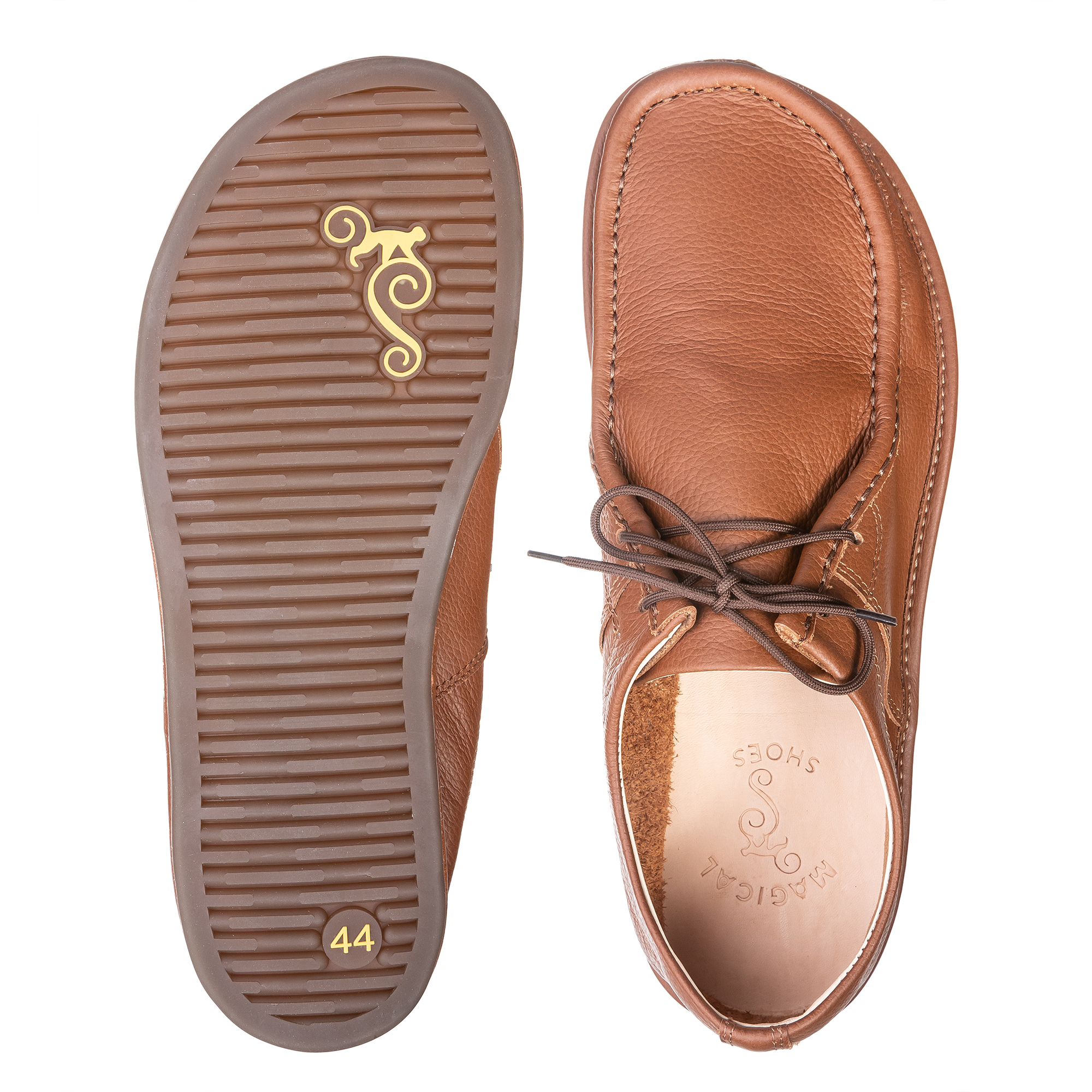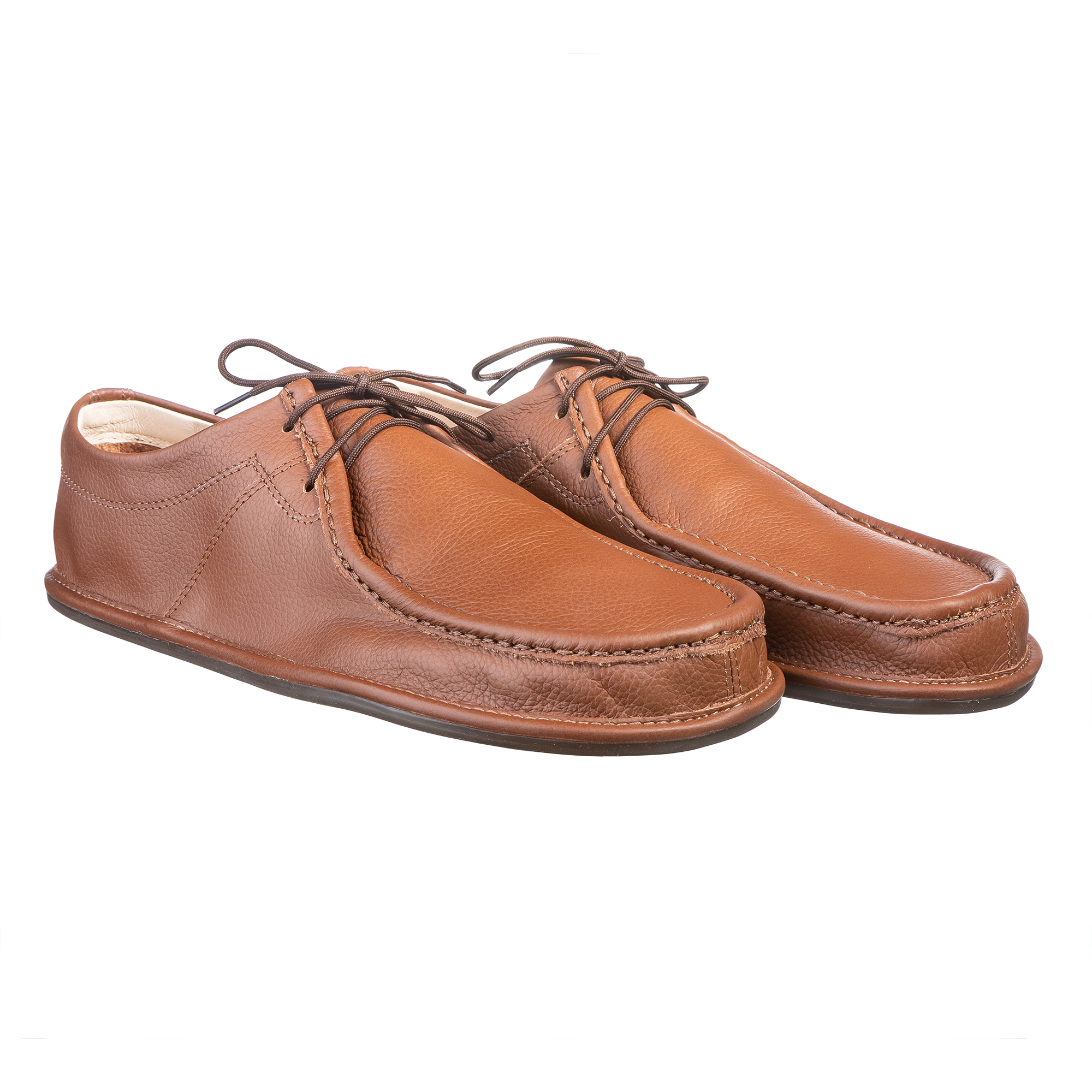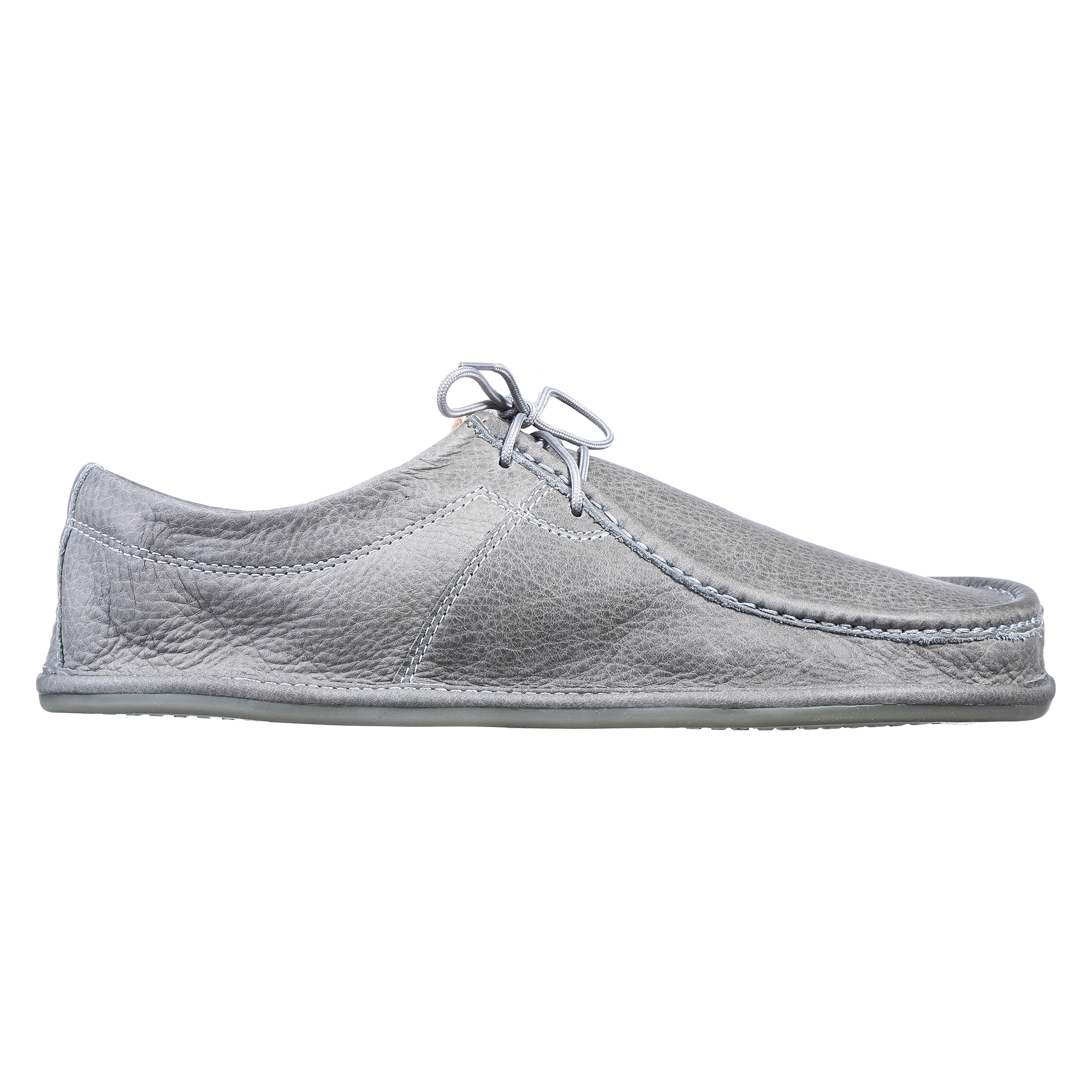The Ultimate Guide to Minimalist Shoes for Everyday Wear
Minimalist shoes have gained significant popularity in recent years due to their unique design and numerous health benefits. These shoes are characterized by their thin, flexible soles and close-to-foot fit, which mimic the feeling of walking barefoot. The concept of minimalist shoes is rooted in the idea of promoting natural foot movement and reducing the strain on the feet and lower limbs. According to a study published by the Journal of Foot and Ankle Research, minimalist shoes can improve foot strength and function, which is crucial for everyday activities.

Benefits of Wearing Minimalist Shoes
One of the primary benefits of wearing minimalist shoes is the improvement in foot health. As mentioned by Dr. Emily Splichal, a podiatrist and human movement specialist, minimalist shoes encourage a more natural gait, reducing the risk of injuries such as plantar fasciitis and Achilles tendonitis. Additionally, these shoes can enhance proprioception, which is the body’s ability to sense its position in space. This is particularly important for maintaining balance and preventing falls, especially in older adults.

Choosing the Right Minimalist Shoes
Selecting the right minimalist shoes is crucial for maximizing their benefits. It is essential to choose shoes that fit well and allow for natural foot movement. According to a review in the Journal of Sports Sciences, shoes with a zero-drop heel and a wide toe box are ideal for promoting a natural gait and reducing the risk of injury. Additionally, it is important to consider the material of the shoes, as breathable and flexible materials can enhance comfort and performance.

Transitioning to Minimalist Shoes
Transitioning to minimalist shoes should be done gradually to allow the feet and body to adapt. As suggested by the American Podiatric Medical Association, starting with short periods of wear and gradually increasing the duration can help prevent discomfort and injuries. It is also beneficial to engage in exercises that strengthen the feet and lower limbs, such as toe curls and calf raises. This gradual transition ensures that the body can adjust to the new footwear without any adverse effects.

Common Misconceptions About Minimalist Shoes
Despite their benefits, there are several misconceptions about minimalist shoes. One common misconception is that they are only suitable for running. However, minimalist shoes are versatile and can be worn for various activities, including walking, hiking, and even casual everyday wear. Another misconception is that these shoes provide no support. While minimalist shoes do not have the same level of support as traditional shoes, they still offer adequate protection and stability for most activities.

Conclusion
In conclusion, minimalist shoes offer numerous benefits for everyday wear, including improved foot health, enhanced proprioception, and versatility in activities. By choosing the right shoes and transitioning gradually, individuals can enjoy the advantages of minimalist footwear without any adverse effects. As the trend towards more natural and healthy lifestyles continues to grow, minimalist shoes are likely to become an essential part of everyday wear for many people.
